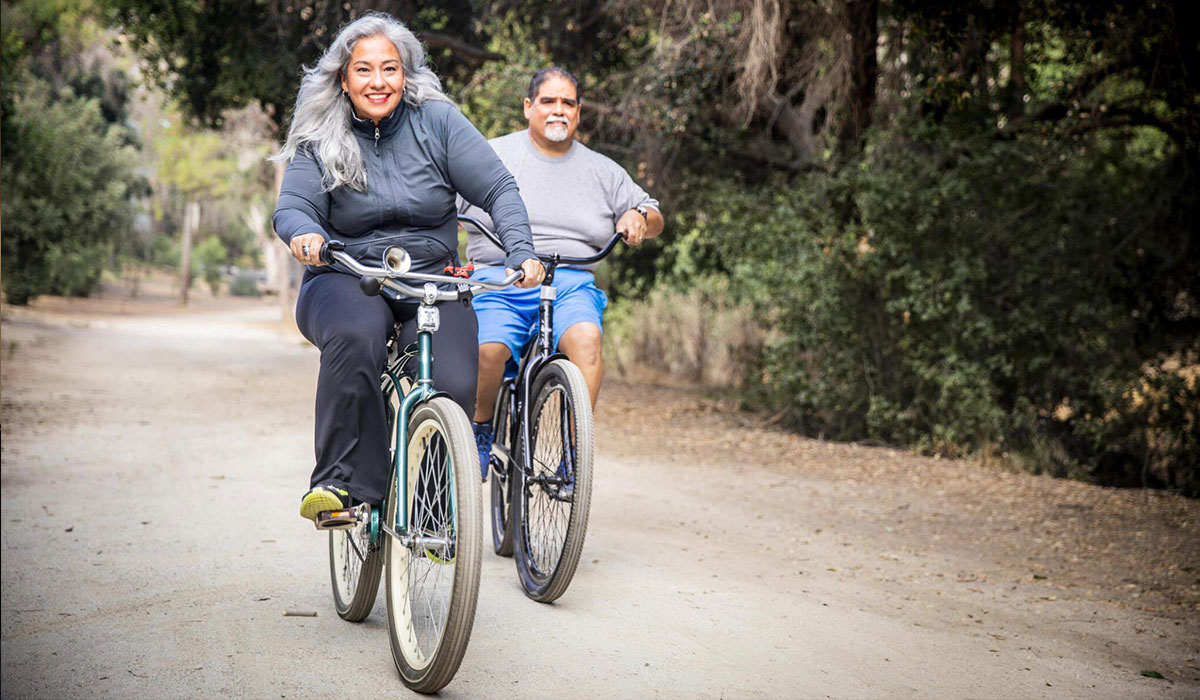Cycling for weight loss is a highly effective and enjoyable form of exercise that can help you shed those extra pounds and improve your overall health and fitness. Whether you’re a beginner or an experienced cyclist, incorporating cycling into your weight loss routine can provide a range of benefits and help you achieve your goals. In this article, we will explore the various benefits of cycling for weight loss, provide tips on setting up your cycling routine, discuss nutrition tips for cyclists, delve into the importance of interval training, offer advice on tracking progress and staying motivated, and highlight safety precautions and injury prevention measures. So, strap on your helmet, hop on your bike, and let’s pedal our way to a healthier you!
Benefits of Cycling for Weight Loss
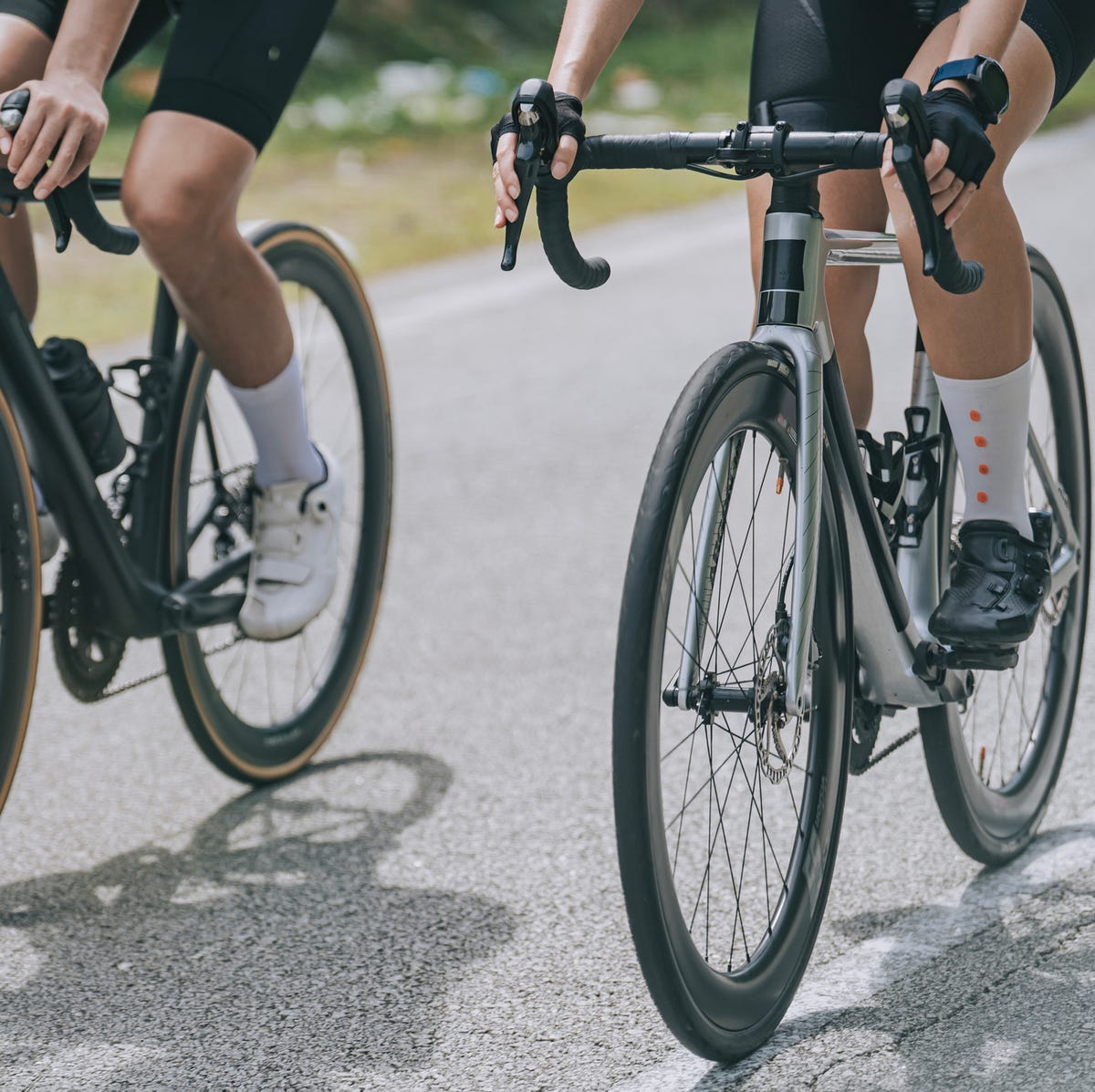
Cycling for weight loss offers numerous benefits that make it a highly effective exercise option. Incorporating cycling into your weight loss routine can help you burn calories, build muscle, and increase metabolism. It is a low-impact exercise that puts less strain on your joints compared to other forms of cardio. Cycling also helps improve cardiovascular health and endurance. Additionally, it allows you to explore your surroundings, enjoy fresh air, and de-stress. So, hop on your bike and experience these amazing benefits while pedaling your way to a healthier you.
Benefits of incorporating cycling into your weight loss routine

When it comes to weight loss, incorporating cycling into your routine can offer a range of benefits. First and foremost, cycling is a low-impact exercise that puts minimal strain on your joints, making it suitable for people of all fitness levels. It also helps burn calories, build muscle, and increase metabolism, all of which are crucial for shedding those extra pounds. Moreover, cycling improves cardiovascular health and endurance, allowing you to push yourself further in your weight loss journey. So why wait? Get on your bike and pedal your way to a healthier you!
How cycling helps in burning calories effectively

Cycling is an excellent way to burn calories effectively and contribute to weight loss. When you pedal, your body uses energy to propel the bike forward, which results in calorie burning. The calorie burn from cycling depends on various factors, such as your weight, speed, and intensity of the ride. On average, a person weighing around 150 pounds can burn around 400-700 calories per hour of moderate cycling. To maximize calorie burn, try mixing up your workouts with intervals of high-intensity cycling and longer endurance rides. This way, you can increase your metabolism and continue burning calories even after your workout. So hop on your bike and start pedaling your way to a fitter and healthier you!
Setting up Your Cycling Routine

Creating a personalized cycling workout plan is key to achieving your weight loss goals. Start by determining how many days per week you can commit to cycling and what time of day works best for you. Gradually increase the duration and intensity of your rides to challenge your body and avoid plateauing. Consider incorporating different types of rides such as steady-state rides, hill climbs, and intervals to target different muscle groups and keep your workouts interesting. Choose a bike that suits your needs, whether it’s a road bike, mountain bike, or indoor cycling bike. Don’t forget to warm up before each ride and cool down afterward to prevent injuries and aid in recovery. Stay consistent and track your progress to stay motivated and accountable. Happy cycling!
Creating a personalized cycling workout plan

To create a personalized cycling workout plan, start by determining how many days per week you can commit to cycling and what time of day works best for you. Gradually increase the duration and intensity of your rides to challenge your body and avoid plateauing. Consider incorporating different types of rides such as steady-state rides, hill climbs, and intervals to target different muscle groups and keep your workouts interesting. Remember to warm up before each ride and cool down afterward to prevent injuries and aid in recovery. Stay consistent and track your progress to stay motivated and accountable. Happy cycling!
Choosing the right type of bike for weight loss goals

When it comes to choosing the right bike for your weight loss goals, there are a few factors to consider. First, determine if you prefer an indoor or outdoor bike. Indoor bikes, such as stationary or spin bikes, are great for convenience and consistency. Outdoor bikes, such as road or mountain bikes, offer the opportunity to explore and enjoy nature while getting a workout. Consider your comfort, fitness level, and the terrain you’ll be riding on. Ultimately, choose a bike that you enjoy riding and that suits your weight loss goals.
Nutrition Tips for Cyclists

To make the most out of your cycling weight loss journey, it’s important to fuel your body with the right foods. Focus on consuming a balanced diet that includes lean proteins, whole grains, fruits, and vegetables. Incorporate foods rich in antioxidants, such as berries and dark leafy greens, to support recovery and reduce inflammation. Don’t forget to hydrate properly before, during, and after your rides. Consider incorporating electrolyte-rich drinks or supplements for longer rides or intense workouts. Don’t forget to consult with a nutritionist for personalized advice based on your specific needs and goals.
Eating the right foods to fuel your cycling weight loss journey

To fuel your cycling weight loss journey, it’s crucial to eat the right foods. Opt for a balanced diet that includes lean proteins, whole grains, fruits, and vegetables. These foods provide essential nutrients and energy to support your rides. Incorporate antioxidant-rich foods like berries and dark leafy greens to aid in recovery and reduce inflammation. Hydration is also key, so make sure to drink plenty of water before, during, and after your rides. Consider using electrolyte-rich drinks or supplements for longer or intense workouts. Consult with a nutritionist for personalized advice based on your specific needs and goals.
Hydration and supplementation for cycling workouts

When it comes to cycling for weight loss, staying properly hydrated is essential. Make sure to drink plenty of water before, during, and after your rides to replenish fluids lost through sweat. For longer or intense workouts, consider using electrolyte-rich drinks or supplements to replenish electrolytes and maintain hydration levels. Electrolytes help regulate muscle function and prevent cramping. Remember to listen to your body and stay hydrated to optimize your performance and support your weight loss goals.
Interval Training for Weight Loss
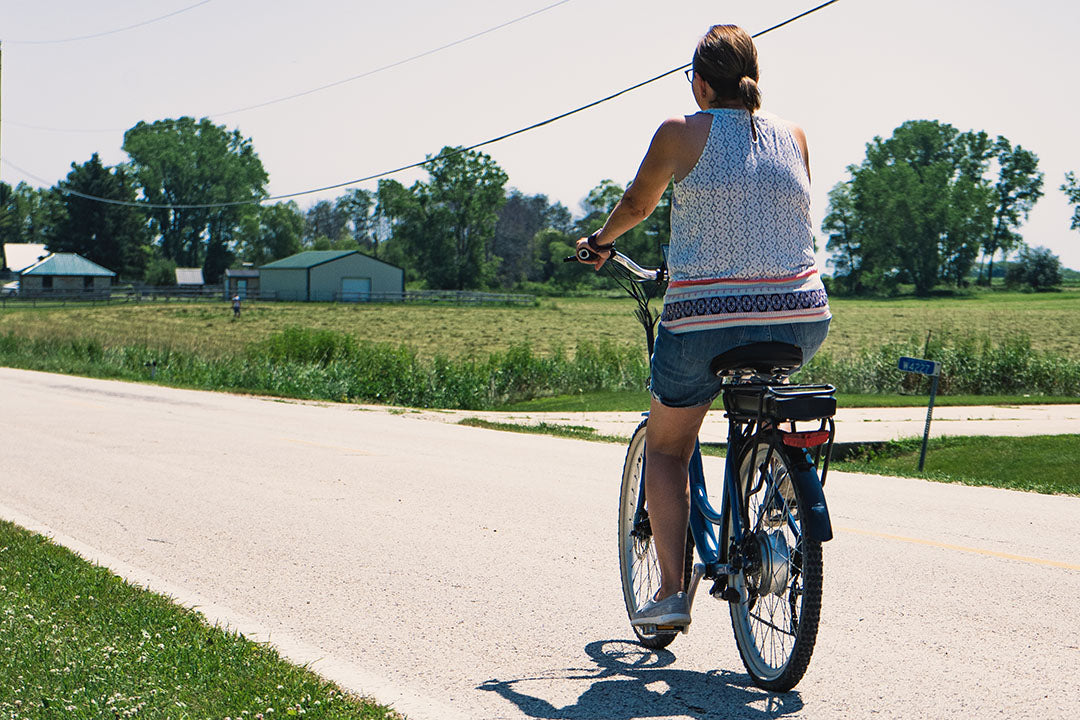
Interval training is a great way to maximize weight loss during your cycling workouts. This type of training involves alternating between high-intensity bursts of effort and periods of active recovery. By pushing your body to its limits and then allowing it to recover, you can burn more calories and increase your metabolic rate. Incorporating interval training into your cycling routine can also improve your cardiovascular fitness and endurance. Start with shorter intervals and gradually increase the intensity and duration as you get stronger. Remember to always warm up and cool down properly to prevent injuries.
Understanding the importance of interval training in cycling
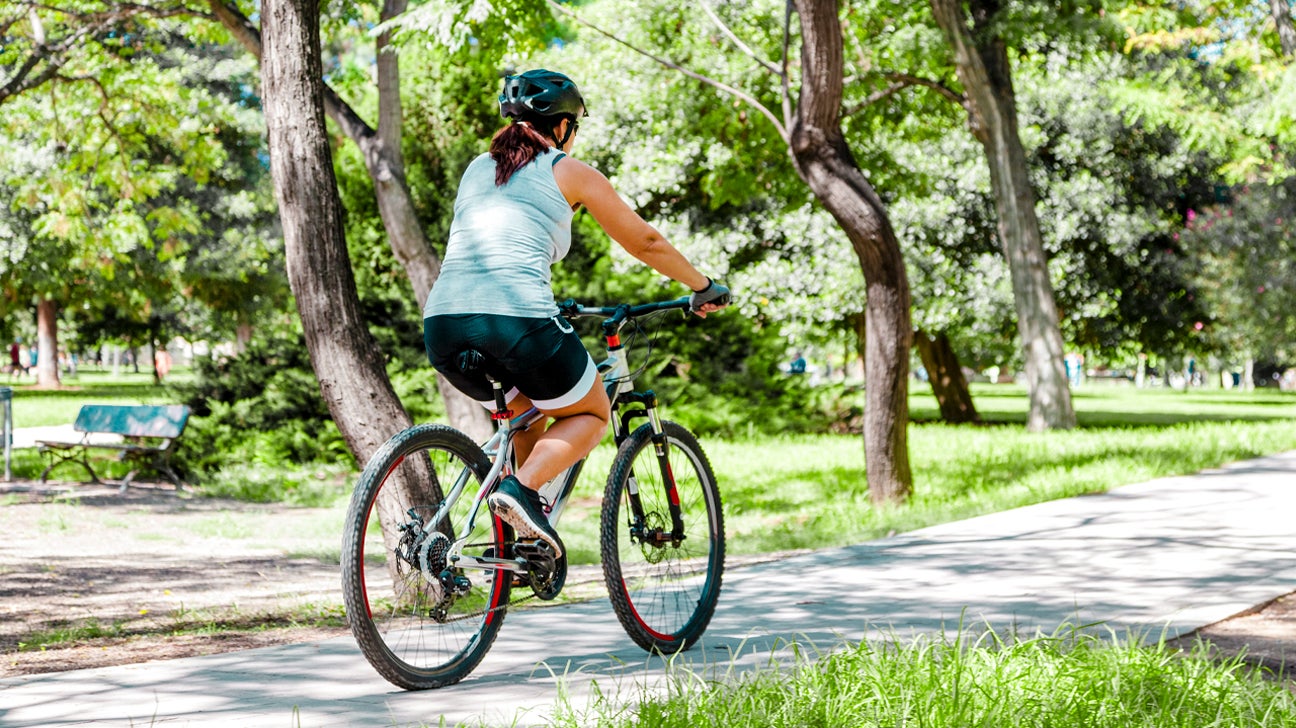
When it comes to cycling for weight loss, interval training is a key component. Interval training involves alternating between periods of high-intensity effort and active recovery. This type of training is effective because it pushes your body to work harder and burn more calories compared to steady-state cycling. By incorporating intervals into your cycling routine, you can boost your metabolism, improve cardiovascular fitness, and maximize weight loss results. Remember to start with shorter intervals and gradually increase intensity and duration to challenge yourself and see the best results.
Sample interval training routines for weight loss

To maximize weight loss, incorporate interval training into your cycling routine. Here are two sample interval training workouts:
- Tabata Intervals: Warm up for 5 minutes, then alternate between 20 seconds of all-out sprinting and 10 seconds of recovery cycling for a total of 8 rounds. Rest for 2 minutes and repeat for 3 sets.
- Pyramid Intervals: Start with a 5-minute warm-up, then gradually increase your effort level for 1 minute, followed by 1 minute of recovery. Continue increasing the effort level for each minute and then decrease for each corresponding recovery minute. Repeat for a total of 20 minutes.
Remember to always listen to your body and adjust the intensity and duration as needed.
Tracking Progress and Staying Motivated

To stay motivated in your cycling for weight loss journey, it’s important to track your progress and celebrate your achievements along the way. Utilize technology and apps to monitor your cycling performance, such as distance covered, calories burned, and average speed. Seeing improvements in these areas can be highly motivating. Set specific goals for yourself, whether it’s completing a certain distance or reaching a target weight, and regularly assess your progress. Stay accountable by sharing your achievements with others or joining a cycling community. Remember, small victories build momentum and keep you motivated to pedal towards a healthier you.
Using technology and apps to track cycling performance and weight loss progress

One of the great things about cycling for weight loss is that there are numerous technologies and apps available to track your progress. These tools can help you monitor various aspects of your cycling performance, such as the distance covered, calories burned, and average speed. By using these apps, you can easily see improvements in these areas, which can be highly motivating. Additionally, some apps even offer features like goal setting and tracking, allowing you to set specific targets for yourself and track your progress towards them. Embrace the power of technology to stay on track and motivated in your weight loss journey.
Tips for staying motivated and overcoming challenges
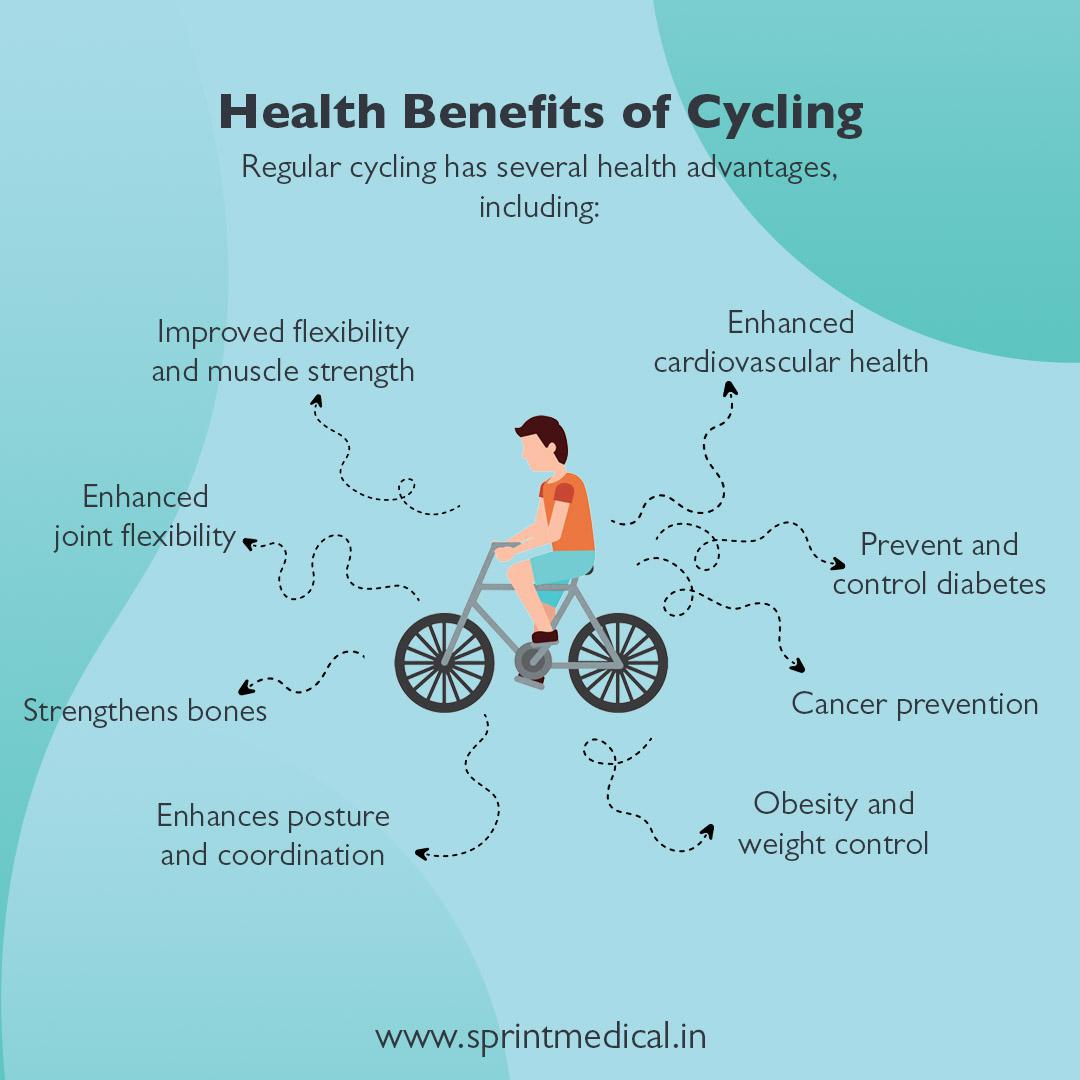
Staying motivated during your weight loss journey can be tough, but with a few simple tips, you can stay on track. First, set realistic goals and celebrate small victories along the way. It’s also helpful to find a cycling buddy or join a group to keep you accountable and motivated. Keep things interesting by trying new routes or incorporating different types of cycling workouts. Finally, don’t be too hard on yourself if you miss a workout or have a setback. Remember, every day is a new opportunity to get back on track and pedal your way to a healthier you.
Safety Precautions and Injury Prevention

When cycling for weight loss, it’s important to prioritize safety to prevent injuries and ensure a successful journey. Always wear a properly fitting helmet to protect your head in case of accidents. Invest in reflective clothing or accessories to increase visibility, especially when riding in low-light conditions. Follow traffic rules and signals, and stay aware of your surroundings. Regularly inspect your bicycle for any worn-out parts or loose screws, and maintain proper bike maintenance. By taking these safety precautions, you can minimize the risk of injuries and enjoy a safe and effective cycling experience.
Essential safety gear for cycling for weight loss

When cycling for weight loss, it’s important to prioritize safety and wear the essential gear to protect yourself. Start with a properly fitting helmet to protect your head in case of accidents. Invest in reflective clothing or accessories to increase your visibility, especially when riding in low-light conditions. Wear gloves to improve your grip and protect your hands. Don’t forget to wear bright colors, use lights, and have reflectors on your bike to make yourself more visible to others on the road. By wearing the right safety gear, you can minimize the risk of injuries and cycle with peace of mind.
Preventing common cycling-related injuries and staying safe on the road

To prevent common cycling-related injuries and stay safe on the road while cycling for weight loss, there are a few important safety precautions to keep in mind. First and foremost, always wear a properly fitting helmet to protect your head in case of accidents. Additionally, invest in reflective clothing or accessories to increase your visibility, especially when riding in low-light conditions. Wearing gloves can improve your grip and protect your hands. Make sure to wear bright colors, use lights, and have reflectors on your bike to make yourself more visible to others on the road. By wearing the right safety gear and following these precautions, you can minimize the risk of injuries and cycle with peace of mind.
For More Blogs visit Aerns

